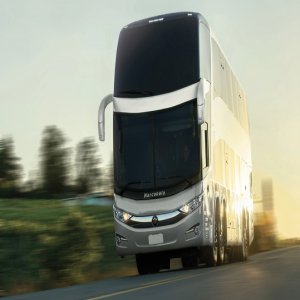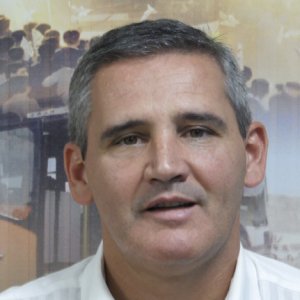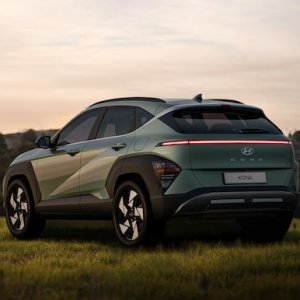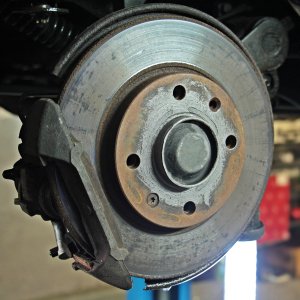Uncovering the Secrets of the Mexican Market

STORY INLINE POST
Q: How does the information that you provide differ from what AMDA and AMIA offer, and what advantages does this provide for your clients?
A: The difference between what we offer and what these organizations provide is that they usually focus on past information. Instead, we take that information and make an educated prediction of what will happen in the future, through our econometric models and predictive analytics techniques. For example, we have analyzed the impact of used vehicle imports on the Mexican market and how these will shape the automotive sector in the next ten years. We have also conducted research at a microeconomic level, analyzing the possibility of opening a dealership in a specific location based on the anticipated market size and customer profile.
Q: Most large companies already have their own methods for selecting locations. How does Kaso y Asociados gather and analyze data in a unique way?
A: The advantage we have is that we use different disciplines and tools to predict market opportunities. We make an analysis at a regional level, and we determine which factors have a significant impact on vehicle demand, population trends, income levels, consumer habits, and expenses. We also have consultants who specialize in econometrics and geo-marketing, who translate the acquired information into maps that show the potential of each market. Other studies that we have conducted were focused on brands that had already decided where to establish their operations. They came to us and asked how much impact their company would have within the state infrastructure in order to negotiate better conditions with the state government. In those cases, we analyze investment, production, employment, and other data to determine the relevant company impact.
Q: What part could Kaso y Asociados play in making more statistics available about the aftermarket in Mexico?
A: We are currently working with INA to determine what kind of base information we could have available before we start to prospect. In order to separate the aftermarket figures, we first analyze household behavior and how people manage their expenses. Afterwards, we establish which states have the highest expenditure, the number of cars per family, and how much they spend on spare parts and vehicle maintenance. We start with a true microanalysis, and then we start to make inferences and analysis about the whole region and the country. That way, we have found that Jalisco, Sonora, Puebla, and Mexico City are the cities with the highest expenditure on spare parts, representing 43% of the national expenditure, with an average vehicle age of 12 to 20 years.
Q: Is your information being used by the government to determine its infrastructure budget and policies to manage faulty cars?
A: This should be one of the priorities for the government. At the beginning of President Enrique Peña Nieto’s government, we collaborated with INA, AMDA, AMIA, and ANPACT, to create a strategic document that showed the current environment of the automotive industry and various development scenarios for the 2012-2018 period. In Mexico, the average age of the motor vehicle population is 17 years, while the average age in the US is 11 years. Generally speaking, older cars have high social and economic costs, but there are not enough statistics to support this statement in Mexico. We conducted research in this area, for which we had to use international information and adapt it to the Mexican situation, and we found out that the impact on health problems was substantial as a result of polluting emissions like CO2.
We have been working to develop car fleet data, but it would be better to obtain it directly from REPUVE, so we could develop a more complete analysis. In 2012, we carried out a study to estimate the economic and social impact of importing used heavy trucks and buses on the Mexican economy. We looked at the available heavy commercial vehicles in Mexico and the US, the average age of the vehicles, and the size of both markets. Based on this data, we started to derive statistics related to accidents and polluting emissions, and finally we made projections on how these emissions would affect the population. In the end, we concluded that the costs of importing these vehicles outweighed the immediate benefits.























